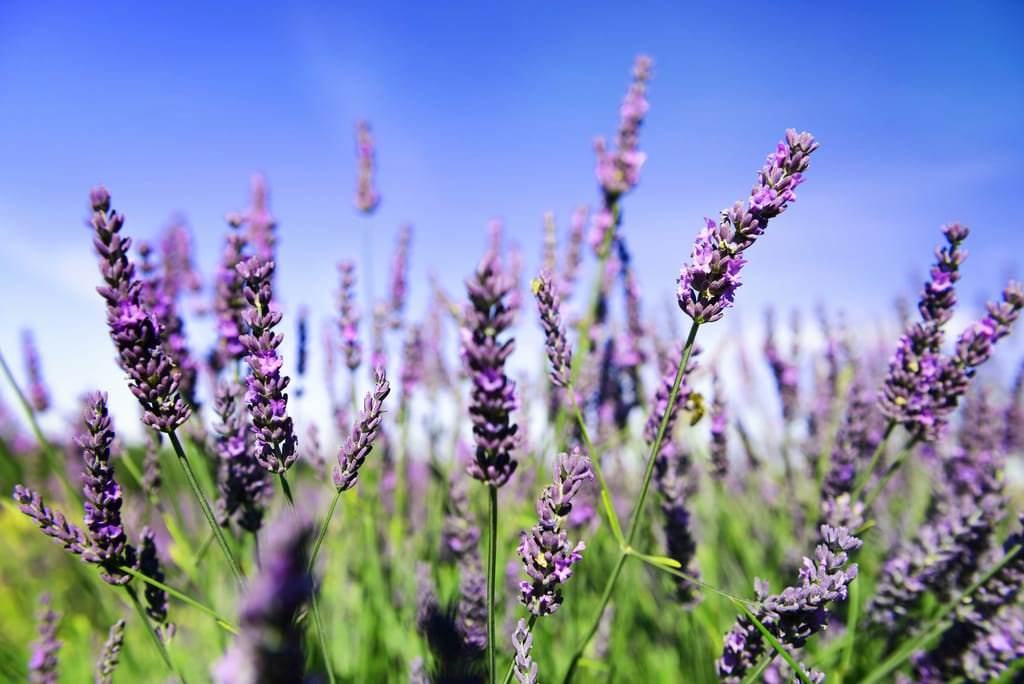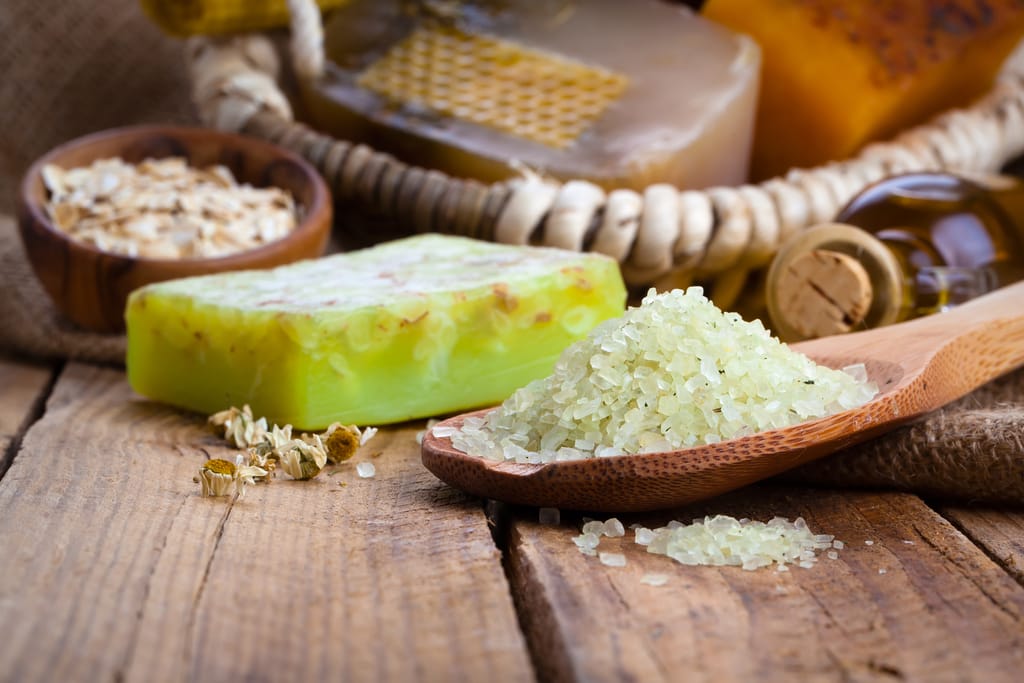What is lavender?
Lavender is an aromatic herb that has long been used for its calming, cleansing, and healing properties. It is one of the most popular essential oils and is used in a variety of ways, such as aromatherapy, cosmetics, cooking, and even medicinal purposes. Humans have used it for centuries to treat a variety of ailments, including anxiety, insomnia, headaches, and skin issues.

Benefits of lavender oil for skin and hair
Lavender oil is derived from the plant of the same name, and has been used for centuries to promote physical, emotional, and spiritual well-being. The oil, derived from the purple-flowered plant, has a distinctive floral scent and is also known for its antiseptic and anti-inflammatory properties. It is also one of the most versatile essential oils, with many uses and benefits for both skin and hair.
For skin care, lavender oil can protect and repair the skin. It reduces inflammation, redness, and irritation, making it a great treatment for acne, eczema, and psoriasis. The oil also has antibacterial and antifungal properties, which can help prevent infection and soothe any irritation or itching.
Lavender oil contains antioxidants that can help reduce the appearance of wrinkles and other signs of aging. In terms of hair care, the oil can help to strengthen and nourish the hair, making it less prone to breakage and split ends. It can also help to reduce dandruff and promote scalp health. The oil has a unique scent that can help to soothe stress and promote a sense of relaxation.
Lavender for home decor and aromatherapy
Lavender is a fragrant, beautiful flower that has been used for centuries for its calming, soothing scent and its ability to improve moods. It is also a popular choice for home decor, as it adds a touch of elegance to any space. It has many aromatherapy benefits, making it a great addition to any home.
For home decor, lavender is most often used as fresh or dried flowers. We can use the fresh flower in vases, wreaths, and bouquets to create a beautiful and fragrant centerpiece. Dried lavender can make sachets, pot-pourri, and other decorative items.
We have used it for centuries to reduce stress and anxiety, promote relaxation, and improve mood. We can use lavender essential oil in oil diffusers, bath soaks, and massage oils to help create a tranquil atmosphere. We can use it in meditation and yoga practices to help focus the mind and promote a sense of well-being.

History of lavender
With its calming scent and its beautiful purple blooms, we have cherished lavender around the world for centuries. While it is most commonly associated with the sunny Mediterranean, we can find the plant in many climates and in thousands of varieties. The first recorded use of this plant was in the Mediterranean region in the 15th century BC. The ancient Egyptians used it for both medicinal and religious purposes. During the Roman Empire, people used the plant for its fragrance and to scent the baths. We also used it as currency.
In the Middle Ages, lavender was used to treat a variety of ailments, including headaches, skin conditions, and digestive issues. We also used it in aromatherapy to help treat depression and anxiety. In the 17th and 18th centuries, it was used to scent linens and to keep away moths and other insects. It was also used to flavor food and beverages.
Today, we use this plant in a variety of ways. We use it in aromatherapy to reduce stress and anxiety, as well as in pot-pourri, perfumes, and soaps. We also used it in baking, beverages, and in some medicinal applications. There are over 45 species of lavender, with many varieties and hybrids.
The most common type of lavender is Lavandula angustifolia, which is native to Europe, North Africa, and the Canary Islands. It is also the most widely cultivated type of the plant. Other varieties include Lavandula stoechas, which is native to the Mediterranean region, and Lavandula x intermedia, which is a hybrid of two other varieties. Lavandula dentata, or French lavender, is native to the Mediterranean and is used for its medicinal properties.
We can find lavender in many climates. Its popularity has made it one of the most common garden plants in the world. In the United States, the most popular varieties are English, Spanish, and French lavender.
Conclusion
Lavender is a versatile and popular herb with a wide range of uses. Its calming and soothing properties make it a popular choice as an essential oil, while its delicate floral scent makes it a popular ingredient in many products, including cosmetics, fragrances, and home goods. Its culinary uses are also vast, and its flavor can enhance a variety of dishes, from desserts to savory dishes.
Reference
- Lavender Uses, Side Effects & Warnings. (n.d.). Drugs.com. https://www.drugs.com/mtm/lavender.html
- Nordqvist, J. (2019, March 4). What are the health benefits and risks of lavender? https://www.medicalnewstoday.com/articles/265922
- The Editors of Encyclopaedia Britannica. (2023, January 12). Lavender | Plant, Herb, Uses, Essential Oil, & Facts. Encyclopedia Britannica. https://www.britannica.com/plant/lavender